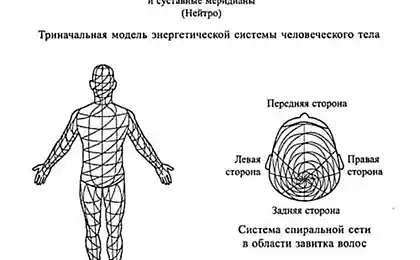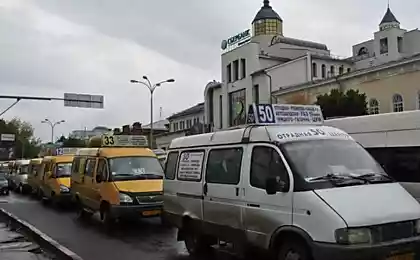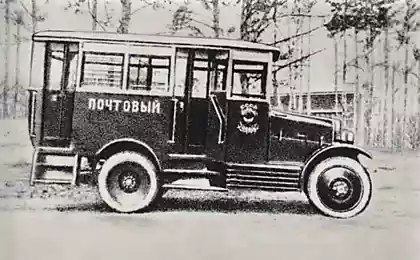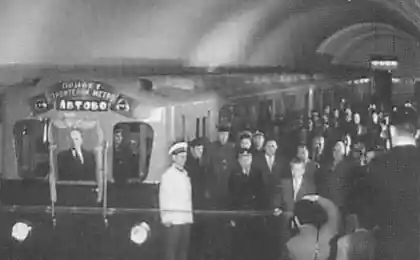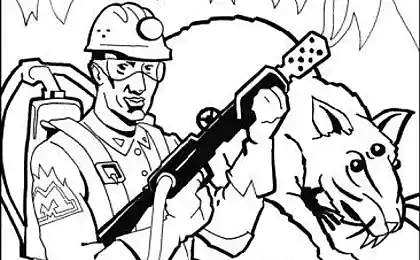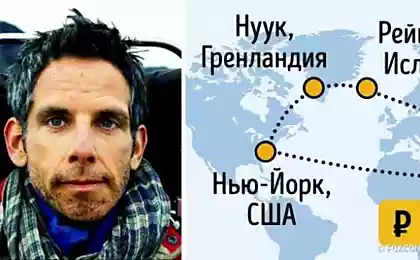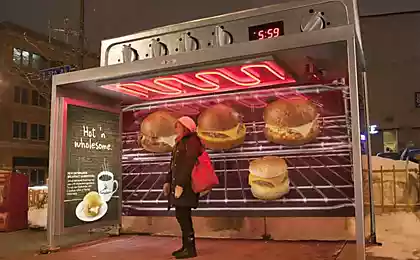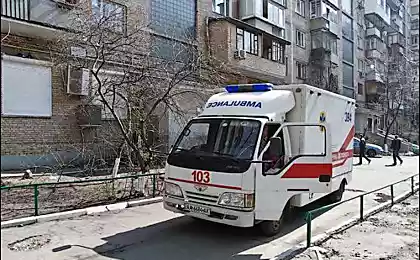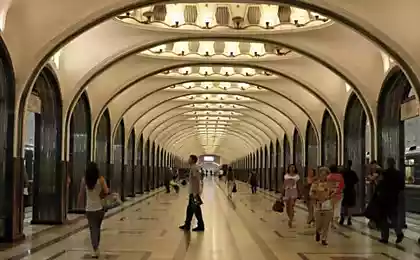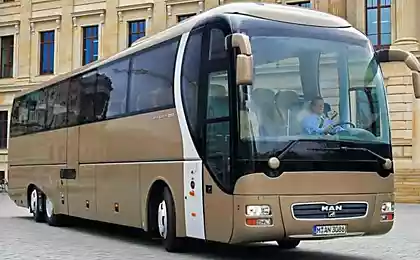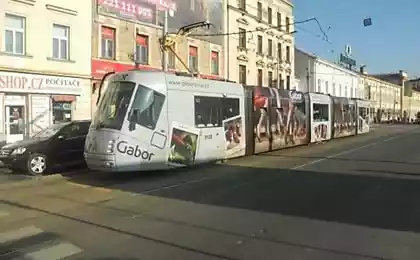504
The new Metrobus or bus traffic
"Bus rapid transport" (Bus Rapid Transport, BRT) or Metrobus (metrobus) — this is the name of a complex system of bus traffic, which has its own, separate from the main transport lanes on city streets.
This system uses the bus station and not stop. Stations are equipped with ticket office and turnstiles, design feature enables passengers to pay fares before boarding. This allows for quick, streamlined fit, similar to subway or rail transport. The station is also equipped with a terrestrial landing platforms that are compatible with the level of the bus to passengers it was not necessary to climb the steps for boarding the bus. For the convenience of passengers electronic signs inform about the arrival time of the next bus.

This system has a number of advantages:
- high capacity and efficient payment system provides cheap travel;
- high movement speed allows Metrobus to carry a substantial share of passenger traffic, thereby reducing the number of cars on the roads of the city and, accordingly, the reduction of exhaust emissions;
- extended information system informs the passengers about the schedule of routes.
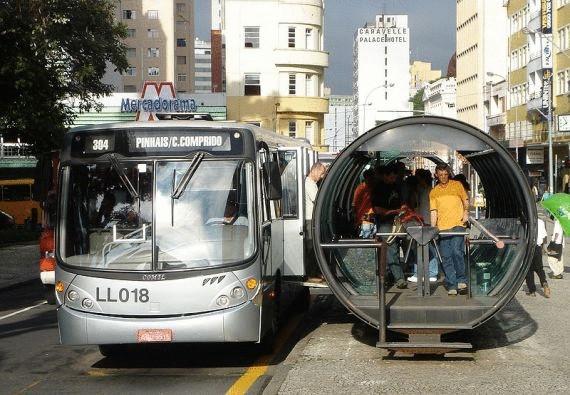
Currently, more and more cities are choosing bus rapid system of transportation for important reasons such as cost and convenience. The cost of building a broad-gauge rail transport as the metro, is 10 times higher than BRT. Moreover, the cities that choose the BRT system, can see the results of their work in the shortest time, installation might take 2 years, and the construction of the subway may be delayed for decades.
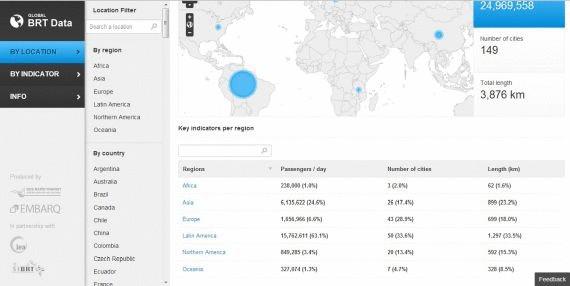
Today, the Metrobus is working in several countries: USA, Brazil, Venezuela, Colombia, Guatemala, Canada, Mexico, Australia, New Zealand, Japan, Iran, Turkey, France, Czech Republic etc. the list is quickly updated as more cities take decisions in favor of the BRT system. In different cities and countries can look different: build something specific stopping points with the platform, others use a small station stop. A single standard is nowhere, each city solves its problems in its own way, given the geography of the city, the movement of passenger traffic, city construction. But all agree on one thing – BRT is a great way to aide in the resolution of environmental and transport problems.
Source: /users/104
This system uses the bus station and not stop. Stations are equipped with ticket office and turnstiles, design feature enables passengers to pay fares before boarding. This allows for quick, streamlined fit, similar to subway or rail transport. The station is also equipped with a terrestrial landing platforms that are compatible with the level of the bus to passengers it was not necessary to climb the steps for boarding the bus. For the convenience of passengers electronic signs inform about the arrival time of the next bus.

This system has a number of advantages:
- high capacity and efficient payment system provides cheap travel;
- high movement speed allows Metrobus to carry a substantial share of passenger traffic, thereby reducing the number of cars on the roads of the city and, accordingly, the reduction of exhaust emissions;
- extended information system informs the passengers about the schedule of routes.

Currently, more and more cities are choosing bus rapid system of transportation for important reasons such as cost and convenience. The cost of building a broad-gauge rail transport as the metro, is 10 times higher than BRT. Moreover, the cities that choose the BRT system, can see the results of their work in the shortest time, installation might take 2 years, and the construction of the subway may be delayed for decades.

Today, the Metrobus is working in several countries: USA, Brazil, Venezuela, Colombia, Guatemala, Canada, Mexico, Australia, New Zealand, Japan, Iran, Turkey, France, Czech Republic etc. the list is quickly updated as more cities take decisions in favor of the BRT system. In different cities and countries can look different: build something specific stopping points with the platform, others use a small station stop. A single standard is nowhere, each city solves its problems in its own way, given the geography of the city, the movement of passenger traffic, city construction. But all agree on one thing – BRT is a great way to aide in the resolution of environmental and transport problems.
Source: /users/104




